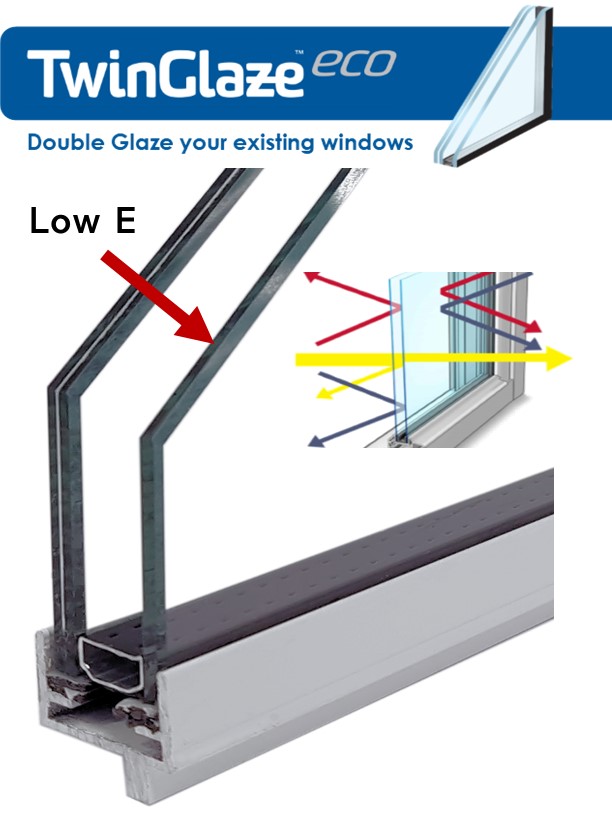All Categories
Featured
Table of Contents
Single Glazed Vs Double Glazed Windows - Ultimate Guide in Daglish Western Australia
Laminated glass is typically utilized in locations in the house most susceptible to injury from human impact such as restrooms, doors, around staircases and in locations near the floor (it satisfies the requirements of 'shatterproof glass' that is mandated for use in these locations by Australian Standard AS 1288 Glass in structures).
Toughened glass has been 'tempered' by being reheated and rapidly cooled once again. This process makes it much more powerful than basic glass it can withstand greater impact loads before breaking. It also makes it safer since, when it does shatter, it burglarizes numerous little cubic pieces instead of unsafe shards.
Enjoy Your Summer More With Double Glazed Windows in North Perth WA
Nevertheless, toughened glass has no thermal or acoustic advantages over other glass of the very same toning or thickness. Secondary glazing is where single-glazed windows are retrofitted with a transparent acrylic or glass sheet connected to the within the frame or openable sash with a secondary frame or with magnetic strips.

Secondary glazing will not carry out as well thermally as a made IGU, since it is impossible to completely seal the boundary, but it can offer great noise control. Window movies are a thin polymer movie containing a soaking up color or reflective metal layer, with an adhesive backing. They stay with your glazing to alter its colour or make it reflective.
Double Glazing Vs Triple Glazing For Windows (2023) in Martin Perth
Applied to existing glass, some window movies can halve the total SHGC of the window by soaking up and/or showing solar radiation. This can be especially advantageous in hotter climates where cooling is the primary issue, or on east and west elevations straight exposed to extended periods of sunlight. Nevertheless, window movies might also minimize noticeable light transmittance.

For this reason, it is usually best to utilize a certified installer of window movie. Frames have a substantial effect on the thermal performance of windows and doors, since energy can be gained and lost through the frame, as well as through the glass. Various types of frame will permit different levels of heat gain and loss, so careful option of frame is essential for effective passive design.
Benefits Of Double Glazing Low-e in Mahogany Creek Western Australia
Nevertheless, aluminium is also a great conductor of heat and will reduce the insulating value of a glazing system, unless particularly engineered to lower this. A 'thermally broken' frame is comprised of 2 aluminium sections linked by a structural insulator (generally a low-conductivity structural polymer). This 'breaks' the thermal connection through the aluminium and minimizes the heat streaming through the frame.
Wood frames are an excellent natural insulator that can suit some house styles. Wood frames should be made from species that have naturally high toughness or be dealt with to prevent decay and contortion.
Double Glazed Windows: A Complete Guide in Carlisle Perth
(weather removing) is installed.
u, PVC windows and doors have exceptional thermal efficiency Photo: Ben Wrigley (Light Home Architecture and Science) Composite frames utilize aluminium profiles on the outer areas with either a timber or u, PVC inner area. These combine the low upkeep and toughness of aluminium with much enhanced thermal performance.
Table of Contents
Latest Posts
8 Benefits Of Double Glazing To Take Advantage Of in Orelia Perth
Which Type Of Double Glazed Window Frame Is Right For You? in Ocean Reef Western Australia
Twinglaze® Double Glaze Specification Act - Vic in Inglewood WA
More
Latest Posts
8 Benefits Of Double Glazing To Take Advantage Of in Orelia Perth
Which Type Of Double Glazed Window Frame Is Right For You? in Ocean Reef Western Australia
Twinglaze® Double Glaze Specification Act - Vic in Inglewood WA